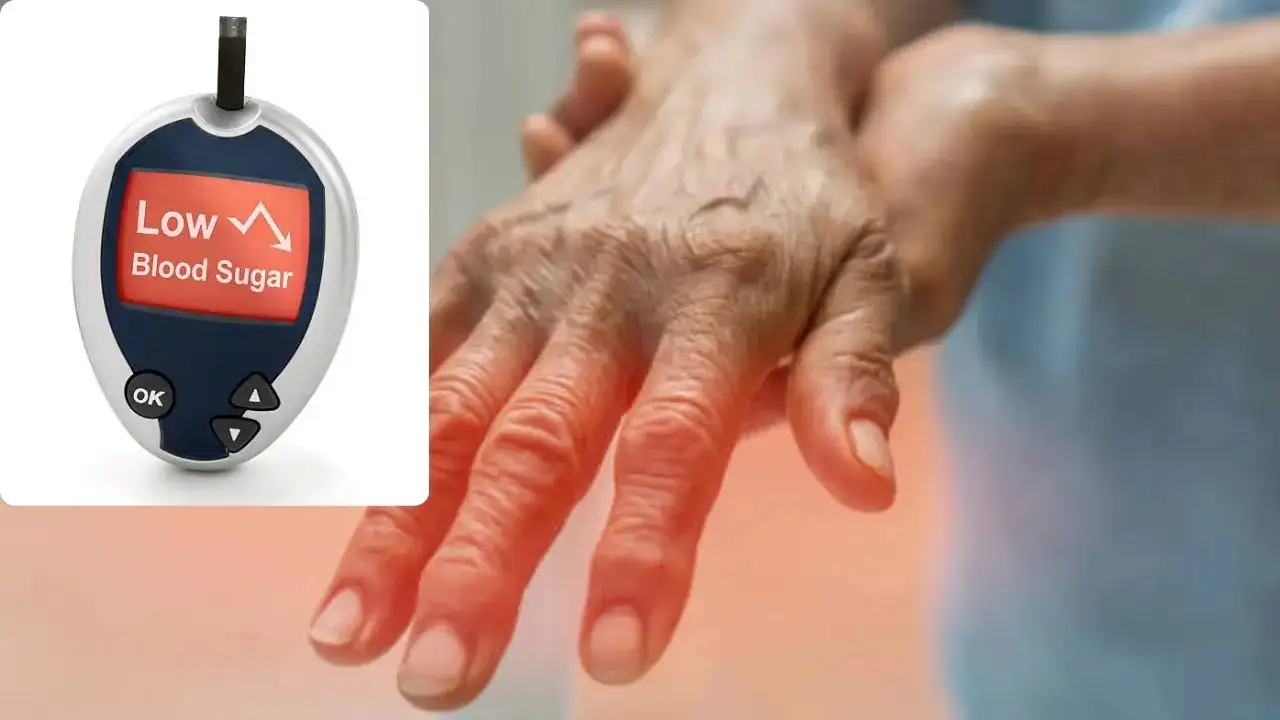
A diabetic shock, or hypoglycemia, happens when your blood sugar levels go extremely low and is a medical emergency
A diabetic shock—or hypoglycemia—happens when your blood sugar levels go extremely low. It is a medical emergency that, if not treated in time, can lead to a diabetic coma. Doctors say hypoglycemia can also happen rapidly and may even occur when you follow your diabetes treatment plan properly.
And so, knowing your symptoms, potential complications, and possible treatment options is extremely important for those living with the condition.
What happens in a diabetic shock?
Doctors say the ideal range for blood glucose is between 80 and 130 milligrams (mg) of glucose per decilit (dL) of blood (mg/dL). However, diabetic shock occurs when your blood sugar levels are too high or too low outside of this range. When the blood sugar levels go erratic, they lead to:
Hyperglycemia or high blood sugar, occurs when the blood sugar level is higher than what insulin can convert into energy
Hypoglycemia or low blood sugar, occurs when the blood sugar level is lower than the amount of insulin available to convert the blood sugar into energy.
Why does hypoglycemia cause a medical emergency?
Experts say hypoglycemia, or low blood glucose levels, occurs if you—as a diabetes patient—miss a meal, exercise too much, vomit, or use too much insulin. It is common among those with type 1 diabetes. When the blood contains more insulin than glucose, there is not enough energy for your body's cells to use.
If blood sugar gets low enough, it leads to weakness, confusion, and difficulty in walking. If untreated, hypoglycemia can result in seizures, diabetic coma, or even death.
What are the signs and symptoms of hypoglycemia?
A few common symptoms of diabetic shock include the following:
-
Lammy skin or profuse sweating
- Increased nervousness or anxiety
-
Pale skin
- Nausea
- Fast heart rate
- Increased irritability or clumsiness
- Feeling light-headed or dizzy
Ways to immediately treat diabetic shock
If you have type 1 or type 2 diabetes, you must notice the symptoms of low blood sugar and accordingly take steps to help raise your blood glucose levels to an acceptable range. According to the American Diabetes Association (ADA), a person should check blood glucose levels first.
If the levels are less than 70 milligrams per decilitre (mg/dl), consume a sugary snack or drink containing 15 grams of carbs, then recheck blood sugar levels after about 15 minutes. This is known as the 15-15 rule. If the levels are still low, repeat the process and consume another sugary food or drink. Once the levels have returned to normal, a person can return to their regular meal and snack schedule.
Doctors may prescribe a hormone called glucagon to people who are at risk of diabetic shock. Glucagon comes in a syringe, and a person can use it in an emergency to help their blood glucose levels return to normal.
If a person experiencing hypoglycemia becomes unconscious, a person should call for an ambulance.
